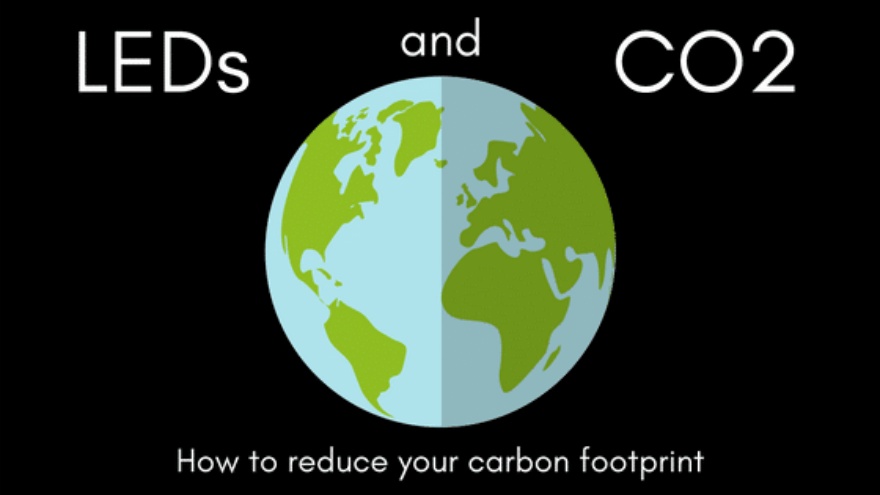carbon footprint comparison for LED stadium lights to metal halide or high-pressure sodium lights

When comparing LED stadium lights to traditional lighting options like metal halide (MH) or high-pressure sodium (HPS) lights, LEDs generally have a significantly lower carbon footprint. Here's how they stack up:
1. Energy Efficiency
- LED Lights: LED stadium flood lights are highly energy-efficient, converting a large portion of electricity into light rather than heat. They can use up to 55-75% less energy than traditional MH or HPS lights.
- Metal Halide Lights: MH lights are less efficient and consume more energy to produce the same amount of light. They typically require about 50-60% more energy than LEDs.
- High-Pressure Sodium Lights: HPS lights are more efficient than MH lights but still consume more energy than LED lights. They also have a slower warm-up time and are less effective in providing high-quality light.
2. Longevity
- LED Lights: LED stadium lights have a much longer lifespan, often lasting between 50,000 to 100,000 hours. This reduces the frequency of replacements and the associated carbon footprint from manufacturing, transporting, and disposing of lights.
- Metal Halide Lights: MH lights generally last between 15,000 to 20,000 hours. This shorter lifespan means more frequent replacements and increased resource use.
- High-Pressure Sodium Lights: HPS lights have a lifespan of around 24,000 to 30,000 hours. While longer than MH lights, they still fall short of the lifespan of LEDs.
3. Maintenance
- LED Lights: Lower maintenance needs contribute to a lower carbon footprint because they reduce the frequency of replacement and maintenance activities, which require additional energy and resources.
- Metal Halide and High-Pressure Sodium Lights: Both types of lights require more frequent maintenance and replacements, leading to additional carbon emissions associated with these activities.
4. Light Quality
- LED Lights: LED flood lights or led stadium flood lights provide high-quality, consistent lighting and can be tuned to specific color temperatures without the delay or color shift that can occur with MH or HPS lights. This leads to improved visibility and safety, potentially reducing the need for additional lighting.
- Metal Halide Lights: MH lights offer good color rendering but can have issues with color shift and require time to warm up.
- High-Pressure Sodium Lights: HPS lights are known for their efficiency but produce a yellowish light that can affect color perception and visibility.
5. Environmental Impact
- LED Lights: LED lamps are free from toxic chemicals like mercury, which is present in MH and HPS lights. This makes them safer to handle and dispose of, reducing potential environmental contamination.
- Metal Halide and High-Pressure Sodium Lights: Both contain hazardous materials like mercury, which can pose environmental risks if not properly recycled or disposed of.
Overall Carbon Footprint
- LED Lights: Due to their energy efficiency, longer lifespan, and lower maintenance requirements, LED lights contribute to a significantly lower carbon footprint compared to MH and HPS lights. Their reduced energy consumption means less greenhouse gas emissions from power generation.
- Metal Halide and High-Pressure Sodium Lights: Higher energy consumption, shorter lifespans, and the presence of hazardous materials contribute to a higher carbon footprint.
In summary, LED stadium lights are generally the most sustainable option in terms of reducing carbon footprint. Their efficiency, longevity, and lower maintenance needs make them a superior choice for reducing overall environmental impact.

